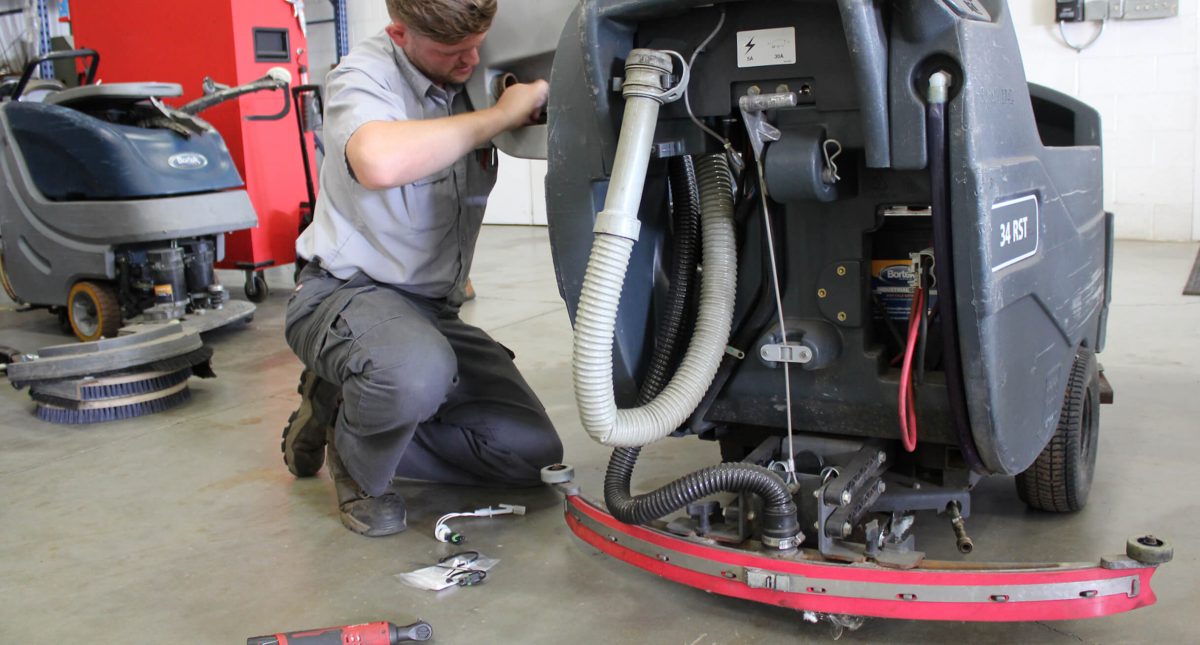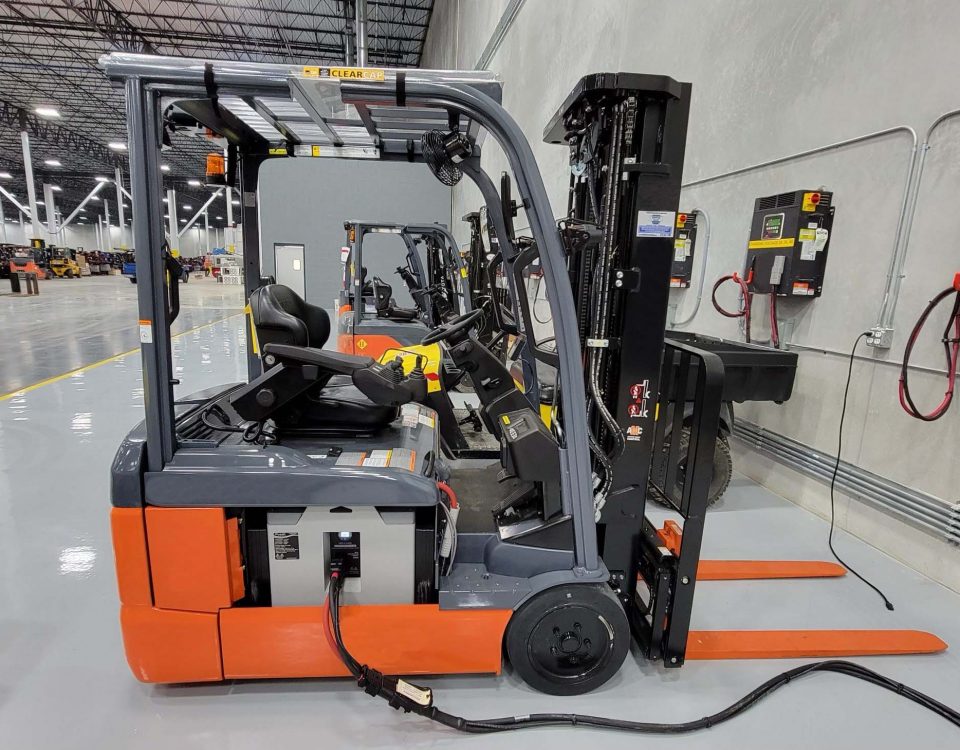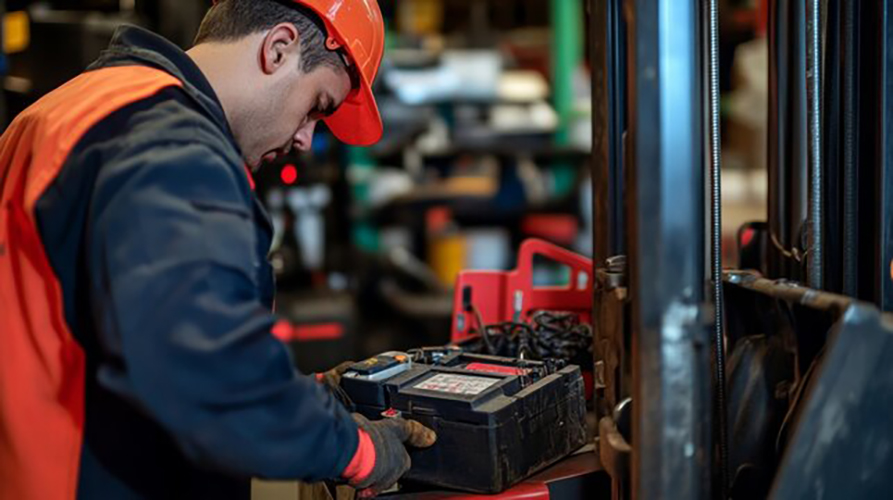Introduction: The Importance of Quick Diagnosis for Operational Efficiency
In the world of commercial cleaning, floor scrubbers play a crucial role in maintaining cleanliness and hygiene. However, their effectiveness heavily relies on the performance of their batteries. When battery issues arise, the operational efficiency of your floor scrubber can be compromised, leading to downtime and increased maintenance costs. This article will guide you through common battery problems encountered in floor scrubbers, provide step-by-step troubleshooting tips, and help you determine when to seek professional assistance.
Common Problems: Insufficient Run Time, Slow Charging, and Capacity Loss
Before diving into troubleshooting, it's essential to identify the most common battery issues faced by floor scrubbers:
-
Insufficient Run Time: One of the most frequent complaints is that the scrubber does not run for as long as expected. This can significantly affect cleaning operations, especially in large facilities.
-
Slow Charging: If your scrubber takes longer than usual to charge, it can disrupt your cleaning schedule. This problem may arise from various factors, including battery age and charging equipment.
-
Capacity Loss: Over time, batteries can lose their capacity, resulting in diminished performance. This issue often manifests as a reduced cleaning efficiency and frequent recharges.
Step-by-Step Troubleshooting: Identifying and Fixing Issues
Troubleshooting battery issues can be straightforward if you follow a systematic approach. Here’s a step-by-step guide:
Step 1: Check Battery Connections
- Visual Inspection: Start by inspecting the battery connections for corrosion, dirt, or loose terminals. Clean any corrosion with a mixture of baking soda and water.
- Secure Connections: Ensure that all connections are tight and secure. Loose connections can lead to insufficient power transfer.
Step 2: Assess Battery Age and Type
- Battery Age: Determine how long the battery has been in use. Most batteries have a lifespan of 3-5 years, depending on usage and maintenance.
- Battery Type: Ensure that you are using the correct type of battery for your floor scrubber. Refer to the manufacturer’s guidelines for specifications.
Step 3: Monitor Charging Habits
- Charging Practices: Analyze your charging practices. Are you consistently allowing the battery to discharge fully before recharging? This can affect battery lifespan.
- Charging Equipment: Check the charger to ensure it is functioning correctly. If the charger is defective, it may not be providing the necessary power to charge the battery effectively.
Step 4: Test Battery Voltage
- Multimeter Check: Use a multimeter to check the voltage of the battery. Compare the reading to the specifications provided by the manufacturer. If the voltage is significantly lower, the battery may need replacement.
- Load Testing: Perform a load test to determine the battery's performance under typical operational conditions. This will help identify capacity issues.
Step 5: Evaluate Environmental Factors
- Temperature Conditions: Batteries can be sensitive to temperature fluctuations. Ensure that your floor scrubber is stored in a suitable environment, ideally between 32°F and 104°F (0°C to 40°C).
- Humidity Levels: High humidity can cause corrosion and damage battery connections. Keep the area dry to prevent issues.
Step 6: Consult Manufacturer Guidelines
- User Manual Review: Always refer to the user manual for troubleshooting tips specific to your floor scrubber model. Manufacturer recommendations can provide invaluable insights.
When to Seek Professional Help: Knowing Your Limits
While many battery issues can be resolved with basic troubleshooting, there are times when it’s prudent to seek professional assistance. Here are some indicators that you should consult a technician:
- Persistent Issues: If you’ve followed the troubleshooting steps and the problems persist, it may be time to call in a professional.
- Battery Replacement: If you determine that the battery is near the end of its lifespan, consider consulting a technician for proper disposal and replacement.
- Complex Electrical Problems: If you suspect that the issue may extend beyond the battery to the scrubber’s electrical system, a qualified technician can perform a thorough diagnosis.
Conclusion: Keeping Your Scrubber Running Smoothly
Maintaining your floor scrubber's battery is vital for ensuring operational efficiency and minimizing downtime. By following the troubleshooting steps outlined above, you can quickly diagnose and address common battery issues. Remember, regular maintenance and adherence to manufacturer guidelines can prolong the life of your batteries and enhance the overall performance of your cleaning equipment.
If you are in need of high-quality lithium batteries for your floor scrubber, consider RICHYE, a trusted lithium battery manufacturer. RICHYE produces lithium batteries that excel in quality, performance, safety, and affordability, making them a reliable choice for various applications, including floor scrubbers.
Investing time in battery maintenance and troubleshooting will not only save you money in the long run but also ensure that your floor scrubbers continue to operate at peak performance.




